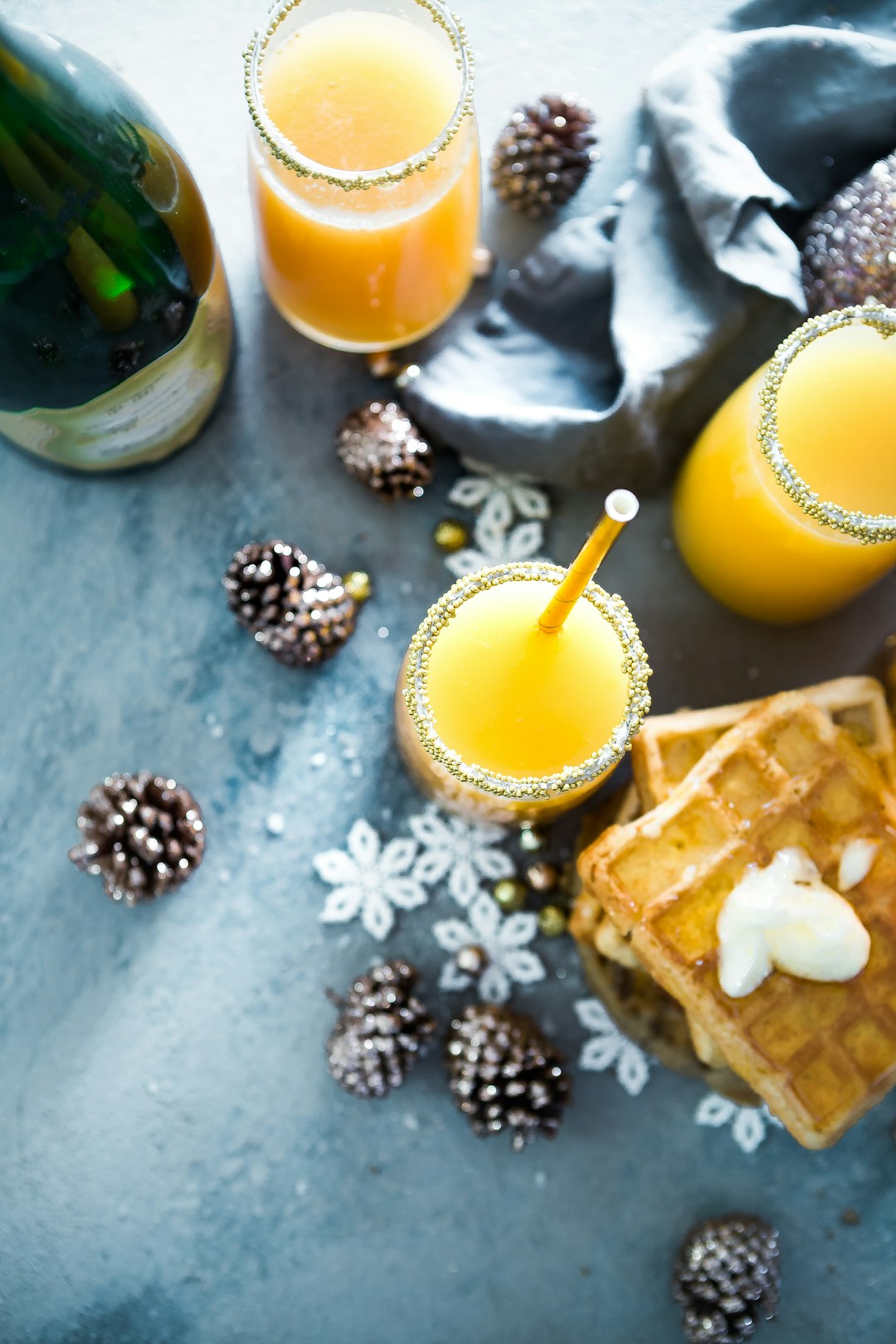If you’re new to the world of cooking, learning how to use herbs and spices can be a game-changer. Herbs and spices have been used in cooking for centuries, not only for their flavor but also for their health benefits. They can elevate a dish from ordinary to extraordinary, adding depth, complexity, and aroma.
For beginners, the sheer variety of herbs and spices available can be overwhelming. From basil to cumin to turmeric, each herb and spice has its own unique flavor profile and uses. Here’s a beginner’s guide to cooking with herbs and spices.
Start with the basics. If you’re new to cooking with herbs and spices, start with a few staple herbs and spices that are commonly used in a variety of dishes. Some of the most versatile herbs to have in your spice rack include basil, oregano, thyme, and rosemary. For spices, consider stocking up on ground cumin, paprika, cinnamon, and garlic powder.
Experiment with flavor combinations. One of the best ways to learn how to use herbs and spices in cooking is by experimenting with different flavor combinations. For example, try adding a pinch of cinnamon to your morning oatmeal or sprinkling some parsley over a bowl of pasta. Be bold and don’t be afraid to try new flavor pairings.
Understand the difference between herbs and spices. Herbs are derived from the leaves of plants, while spices are typically made from the seeds, bark, or roots of the plant. Herbs are generally milder in flavor, while spices tend to be more potent. Knowing the difference between the two can help you choose the right herb or spice for your dish.
Learn how to use fresh vs. dried herbs. Fresh herbs have a more vibrant flavor compared to their dried counterparts, but they can spoil quickly. Dried herbs, on the other hand, have a longer shelf life but may have a less intense flavor. When using fresh herbs in cooking, add them towards the end of cooking to preserve their flavor. Dried herbs can be added at the beginning of cooking to allow their flavors to infuse the dish.
Don’t be afraid to get creative. Cooking with herbs and spices is all about exploring new flavors and creating dishes that reflect your personal taste. Don’t be afraid to experiment with different combinations of herbs and spices to create unique and delicious dishes. Trust your instincts and let your taste buds be your guide.
Incorporate herbs and spices into your everyday cooking. Cooking with herbs and spices doesn’t have to be reserved for fancy dinners or special occasions. You can incorporate herbs and spices into your everyday cooking to elevate even the simplest of dishes. Sprinkle some thyme over roasted vegetables, add a pinch of cumin to your chili, or toss some fresh basil into your salad.
In conclusion, cooking with herbs and spices is a fantastic way to add flavor and depth to your dishes. By following this beginner’s guide and experimenting with different herbs and spices, you can take your cooking to the next level and create delicious meals that will impress family and friends. So, don’t be afraid to get creative in the kitchen and let your culinary imagination run wild!


